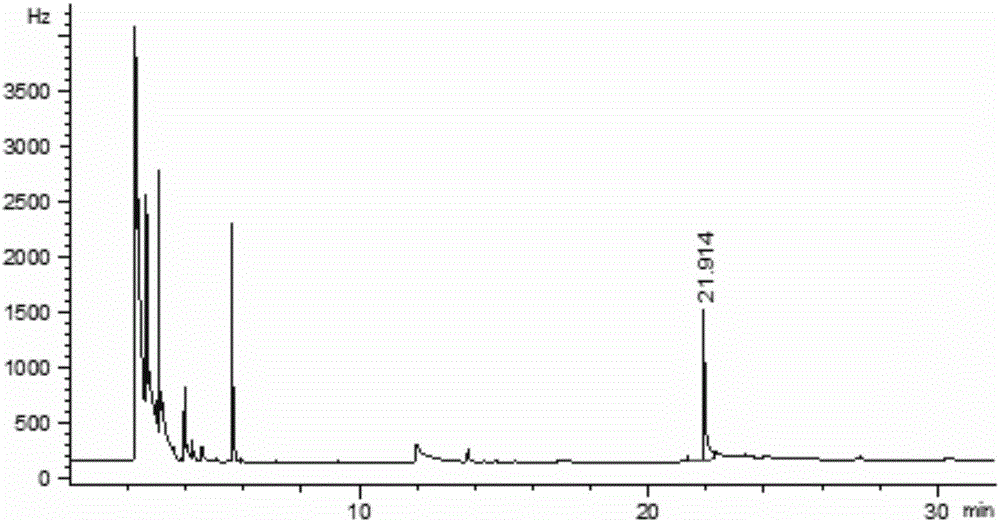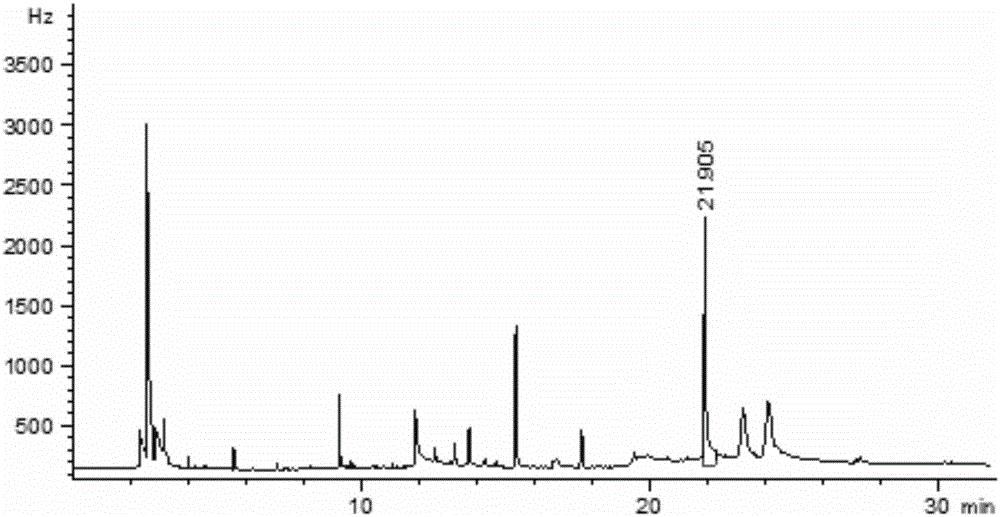Quantitative detection method for residual quantity of chlorantraniliprole in soil
A technology of chlorantraniliprole and quantitative detection method is applied in the field of quantitative detection of chlorantraniliprole residues in soil, which can solve the problems of high price, low reuse rate, poor selectivity and the like, and achieves rapid adsorption and The effect of removing pigment, large adsorption capacity and large specific surface area
- Summary
- Abstract
- Description
- Claims
- Application Information
AI Technical Summary
Problems solved by technology
Method used
Image
Examples
Embodiment
[0043] Example: A quantitative detection method for chlorantraniliprole residues in soil
[0044] The soil samples were taken from the East Dongting Mountain Tea Garden in Suzhou, the sampling depth was 0-15cm, and the soil type was yellow loam (pH=4.1-4.7). The samples were naturally air-dried in a ventilated and dark place, and large-grained sand, grass roots and other debris were removed, ground, passed through a 0.25mm (60 mesh) sieve, and stored in a ziplock bag. The prepared soil samples should be analyzed as soon as possible, otherwise they should be stored in a freezer at -18°C to -20°C. The blank soil sample was also taken from the East Dongting Mountain Tea Garden in Suzhou, and it was tested to contain no pesticides to be tested.
[0045] The quantitative detection method consists of two parts:
[0046] In the first part, the standard curve of the measured chlorantraniliprole with known gradient concentration is respectively established by gas chromatography-elect...
PUM
| Property | Measurement | Unit |
|---|---|---|
| particle size | aaaaa | aaaaa |
| recovery rate | aaaaa | aaaaa |
Abstract
Description
Claims
Application Information
 Login to View More
Login to View More - R&D
- Intellectual Property
- Life Sciences
- Materials
- Tech Scout
- Unparalleled Data Quality
- Higher Quality Content
- 60% Fewer Hallucinations
Browse by: Latest US Patents, China's latest patents, Technical Efficacy Thesaurus, Application Domain, Technology Topic, Popular Technical Reports.
© 2025 PatSnap. All rights reserved.Legal|Privacy policy|Modern Slavery Act Transparency Statement|Sitemap|About US| Contact US: help@patsnap.com



